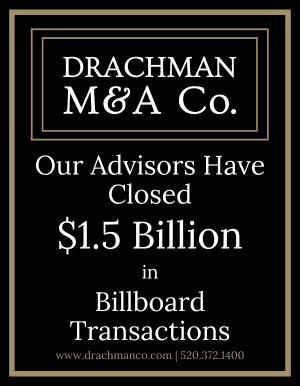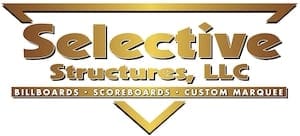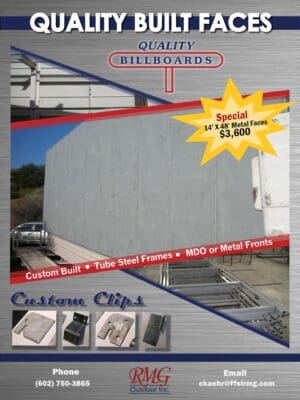
Richard Hamlin sent some thoughtful comments on Billboard Insider’s When joint ventures do and don’t make sense.
Richard Hamlin, Hamlin|Cody
It is an excellent article, that describes when a joint venture makes sense and when it might not. As for legal risks, they are conceptually the same as for any joint venture. Here are some guidelines to help you mitigate the risks of a joint venture.
1: Put your agreement in writing. Oral agreements are enforceable, and they can work. I have clients who successfully operated more than one business for about thirty years without a written agreement. It worked because they got along better than most siblings. At the same time, memories fade; situations change; and what you think your partner heard may not be what your partner thinks you said.
2: Clearly identify the parties. Will the parties be two corporate entities, individuals, LLCs, or something/someone else? If entities, will you be dealing with a solvent parent organization or a subsidiary with limited assets? Each party to a joint venture is generally liable for the actions, inactions and negligence of the other parties. You need to be comfortable with your joint venturer.
3: Clearly identify the facts that are important for each party. For billboards, those might include location, existing zoning, traffic patterns, one party’s large sales force, another party’s large physical plant, or possession of permits and lack of capital.
4: Clearly identify what each party wants to get out of the venture. Are they generic goals, such as access to a larger sales force, or to consolidate duplicated expenses? Are they specific goals, such as to build a digital bulletin at a specific location. Each party may have separate goals. That is okay, if the goals are compatible. The parties may share some joint goals, even if it as simple as to spell out the terms of their agreement.
We recommend spending as much time as needed on points two through three above. If you do, you and your joint venturer will know if your goals are compatible. If they are, the rest of the agreement, where each party exchanges promises, will nearly write itself. If they are not, you can shake hands and express relief at dodging a bullet.
5: Address some OOH-specific issues. What happens the joint venture cannot achieve its goals? What if an agency exercises eminent domain or an adjacent property blocks the view of an asset? How will you address a difference of opinion about a material issue?
6: Don’t get too deep in the woods. The more contingencies that you address, the greater the risk of disagreement that prevents the joint venture from forming. Address likely risks, not everything that anyone can imagine. Consider what happens if it turns out you cannot build as intended. Don’t spend time on anticipating the risk of an alien spaceship landing adjacent to a sign and blocking its view.
Remember the first rule of successful contracts: “Clarity above all else.”
To receive a free morning newsletter with each day’s Billboard insider articles email info@billboardinsider.com with the word “Subscribe” in the title. Our newsletter is free and we don’t sell our subscriber list.
Paid Advertisement


















Part of my perspective and background is eminent domain for highway projects…
On the joint venture subject addressed make contractually clear how any direct or indirect costs to move a sign are dealt with. Also make clear how any litigation or attorney/consultant costs are addressed as well as any award of damages get distributed. Consider also how a landowner who may own the sign site fits into the joint venture.